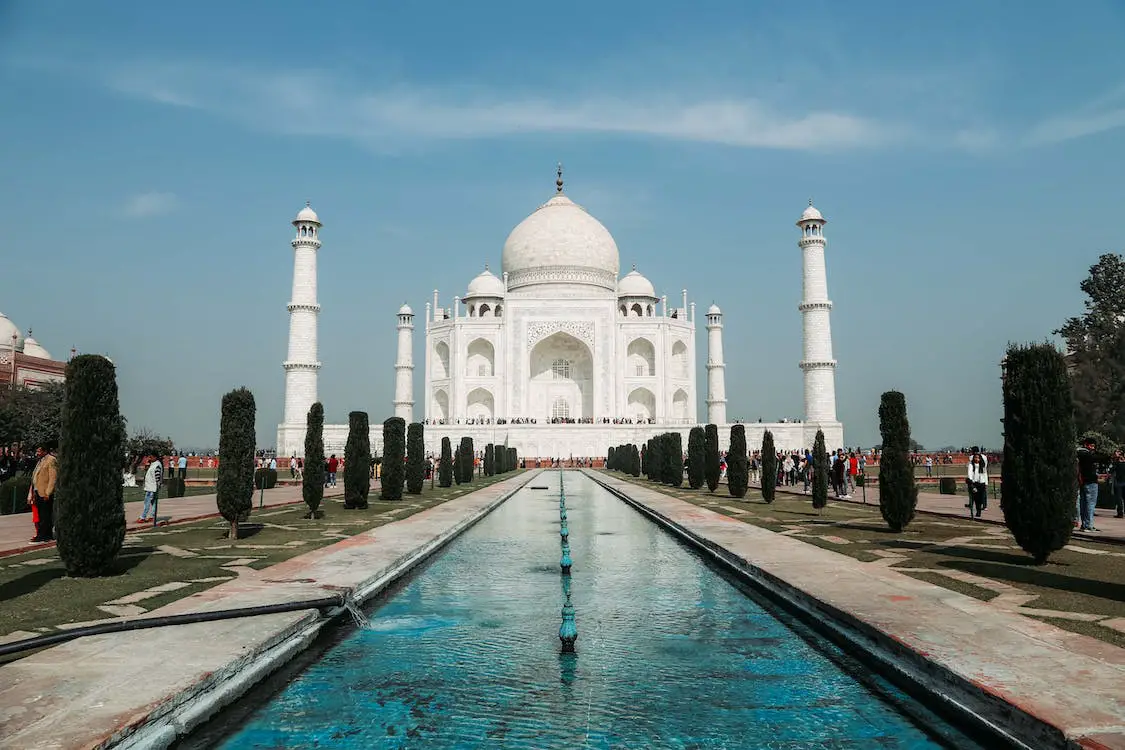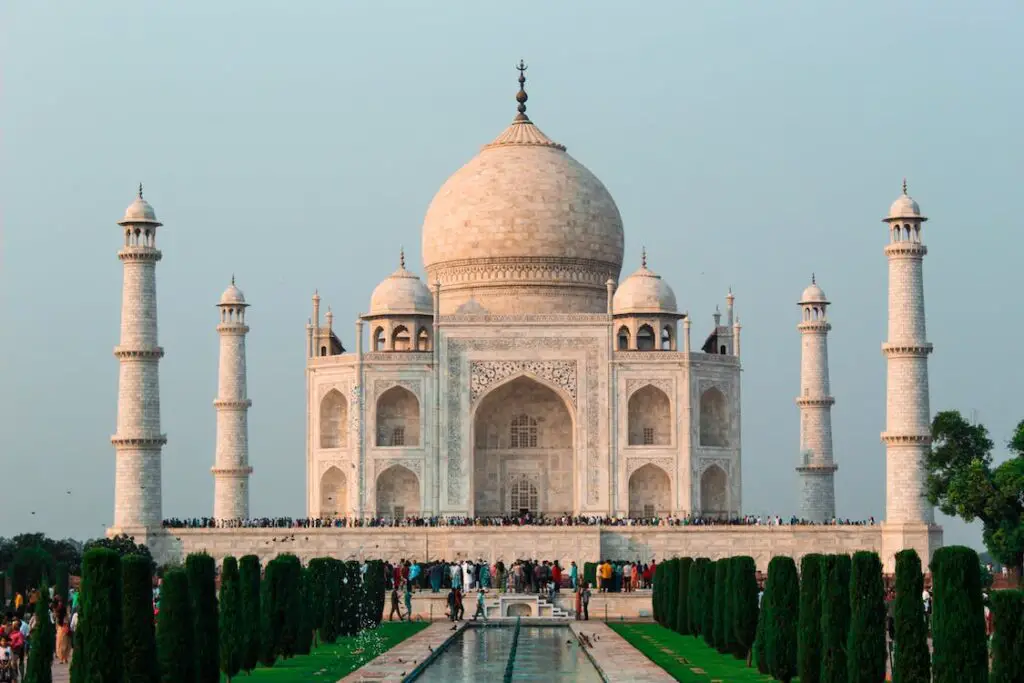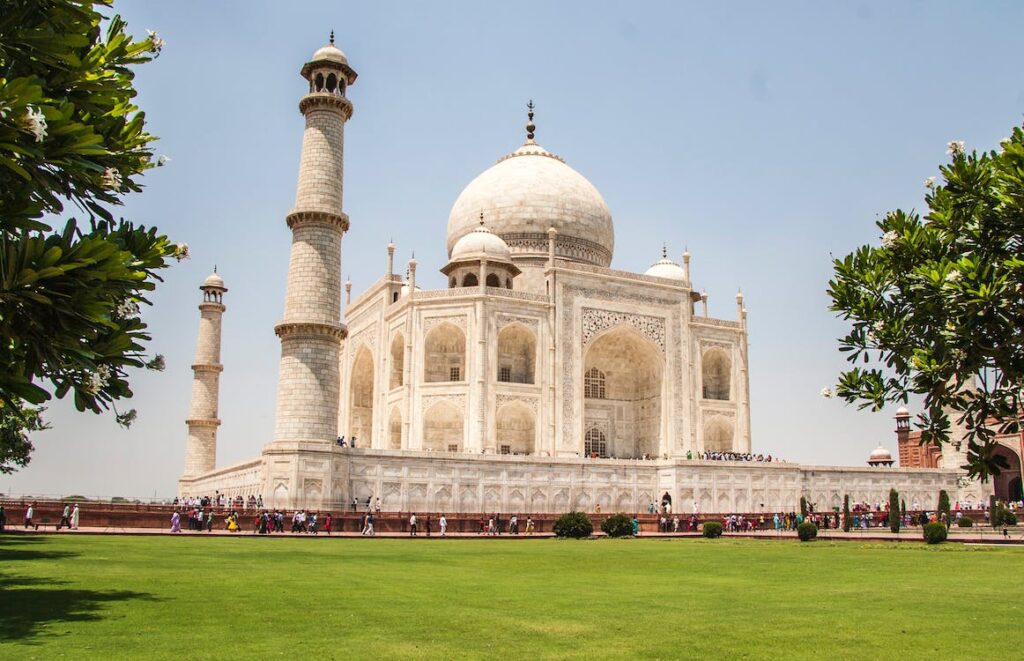The stunning architecture of the Taj Mahal

The Taj Mahal is one of the most recognizable and iconic landmarks of India. Built by the Mughal Emperor Shah Jahan in the 17th century, this magnificent marble monument is a testament to the timeless beauty and elegance of Indian architecture. Let’s take a closer look at the stunning architecture of the Taj Mahal, its history, and what makes it so special.


History of the Taj Mahal:
The Taj Mahal was built between 1653 and 1662 by the Mughal Emperor Shah Jahan as a tribute to his beloved wife Mumtaz Mahal, who passed away during childbirth. The construction of the Taj Mahal took more than 20 years to complete and required the labor of more than 20,000 workers, including skilled artisans and craftsmen from all over India and Central Asia.
Architecture:
The Taj Mahal is a masterpiece of Indian architecture and is renowned for its intricate carvings, delicate filigree work, and stunning use of white marble. The monument is built on a raised platform and is surrounded by a vast garden, which adds to its grandeur and magnificence.
The Taj Mahal is symmetrical in design and features four minarets at each corner, which lean slightly outwards to protect the main tomb from earthquakes. The main tomb is octagonal in shape and features a dome that is more than 70 feet in height. The tomb is surrounded by four smaller domed chambers, which house the graves of Shah Jahan and his family.
The marble used in the construction of the Taj Mahal was brought from all over India and Central Asia. The white marble is finely carved and inlaid with precious stones such as lapis lazuli, turquoise, and mother-of-pearl. The intricate carvings on the marble panels depict floral patterns, calligraphy, and geometric shapes.


Why the is so special:
The Taj Mahal is not only a stunning example of Indian architecture, but it also holds great historical and cultural significance. The monument is a symbol of the love between Shah Jahan and Mumtaz Mahal, and it is regarded as one of the most romantic buildings in the world.
In recognition of its cultural and historical importance, the Taj Mahal was declared a UNESCO World Heritage Site in 1983. It is also considered to be one of the Seven Wonders of the World, attracting millions of visitors from all over the world each year.
Conclusion:
The Taj Mahal is a true masterpiece of Indian architecture and a testament to the skill and ingenuity of the Mughal craftsmen who built it. Its grandeur, elegance and beauty continue to fascinate visitors and inspire awe to this day. Whether you are a history buff, architecture enthusiast, or just someone who appreciates beauty, visiting it is an experience not to be missed.
In summary, The Taj Mahal is a magnificent marble monument that is a masterpiece of Indian architecture. Its history, design, and significance make it an iconic landmark of India and the world. As a UNESCO World Heritage Site, it continues to be a popular destination for tourists and a source of inspiration for architects and artists alike.


